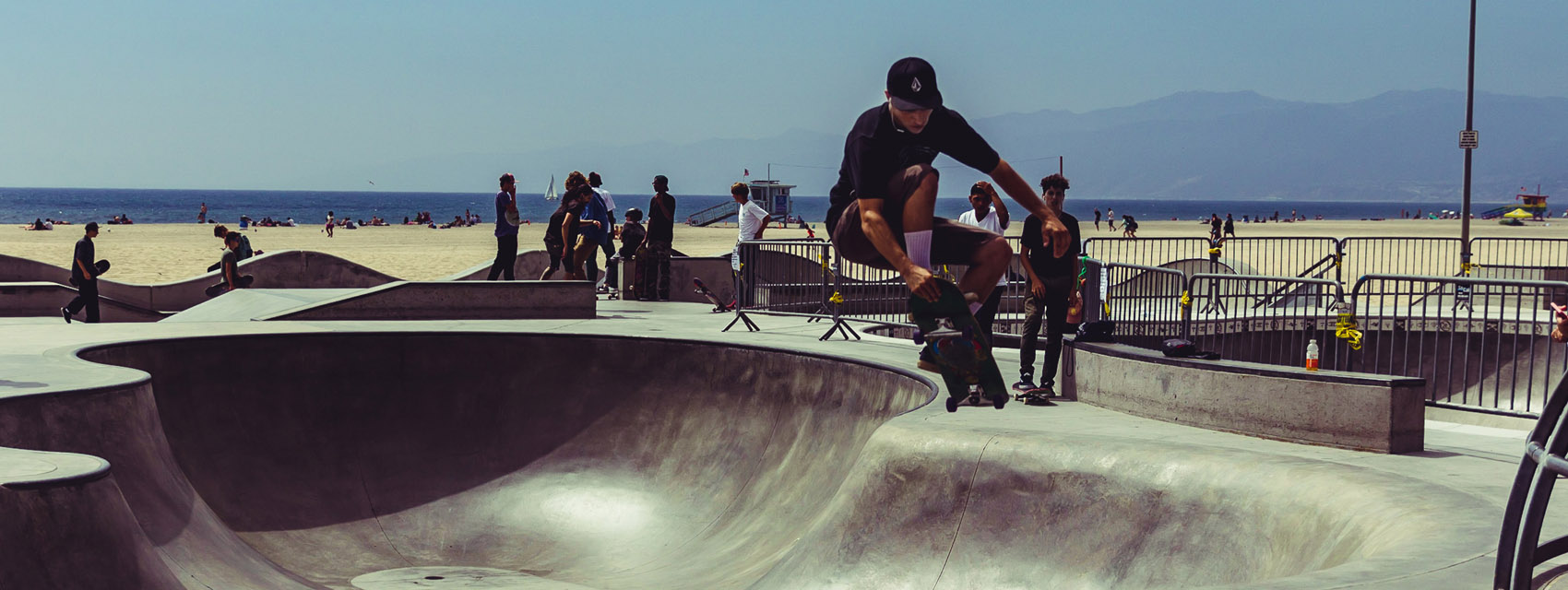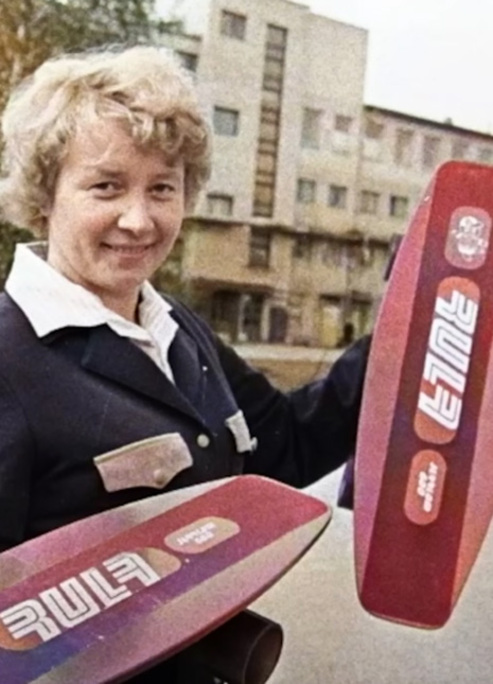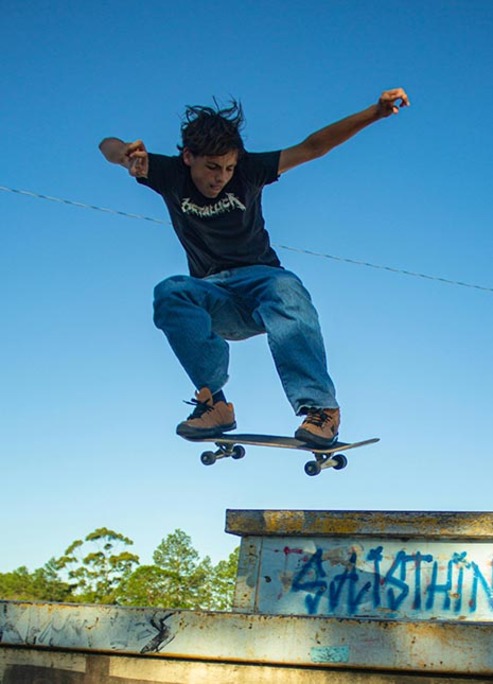What is Style? An Analysis
One of the best things about skateboarding, besides actually skating, is watching someone with a good style skate. What constitutes ‘good style’ is subjective, and that’s a separate discussion that we can easily dismiss and put aside; different people like different things, whatever. The essential subject shouldn’t be the banal question of what constitutes ‘good style’ but instead an examination of what skate style is and where it comes from (Are people born with it? Is style somehow pre-determined? Does it come from who you skate with? Do favorite skater’s influence style? Is style all just fake?).
When I say skate-style, I’m not referring to fashion, although fashion may have some relation to style. Style here denotes the artistic nuances and idiosyncrasies of the act of skateboarding itself. The shoulder-down mellow effortlessness of Antwuan Dixon; the crisp pop and clean landing of P-rod; the lanky controlled chaos of Evan Smith; the subtle swagger of Dylan Rieder (RIP); and even the automated precision of Nyjah Huston, are all examples of style. To put it simply, the question is: What the fuck is style and how does someone get style?
I think the first part of the style question is easiest to answer: style is simply the way that a person looks while skating. I’m sure this could be looked at more in-depth, but it will ultimately be broken down to physicality, the performance of skateboarding; the body movements that are made while skateboarding along with how fast someone skates, their pop-height, quickness of feet, trick selection, spot selection, etc. It also must be acknowledged that everyone who skates has a style, but not everyone who skates has a style as distinct and distinguishable from others as Evan Smith or Antwuan Dixon.
The final defining element of style is cohesiveness. Someone’s style is not the way they do a single trick, or even the way they skate on a particular day, but rather the manner in which they do all their tricks over a certain period of time. I think we all intuitively understand this though, we all know that style are these little perceptible elements that come together to make up how someone looks while skating.
Where style comes from is the more compelling and also more difficult aspect of the question to answer. The skate style argument is pretty much emblematic of the nature versus nurture argument. (Was Nyjah born a robot? Or did his environment render him a robot?) And I think, just like nature versus nurture, that it’s a little bit of both (plus some self-determination). Some people do seem to have some natural proclivities that they can’t help. I mean, you can almost tell from the way that Evan Smith walks that he would skate the way he does.
For some people, like Evan Smith, style does seem ‘natural’. However, Evan Smith’s style is undoubtedly informed by the looseness and chaos of east coast skating. His style is both natural to himself, meaning inherent, and nurtured, meaning informed by the environment in which he started skating (the east-coast, since he’s a Florida boy). The same could be said for Nyjah Huston, whose style of pure precision is informed by the west-coast. (Also, for Nyjah, his style has some utility, since precision is pretty imperative when skating 20+ stair handrails.)
The difference in west-coast and east-coast style can be attributed to literal physical environment and the types of spots available in different areas. The spots that a skater skates have a direct relation to style. Since a lot of spots on the east-coast are cracked, crunchy and generally harder to skate, it becomes less about precision and more about how you navigate the spots themselves, resulting in a looser, less controlled style. But, on the west-coast, since more spots are ‘perfect’, it’s more about precision; it becomes more about the tricks that are done instead of the way they are done. Control (in order to land the trick) and technical skill supersedes the look of the trick.
In some cases, you can clearly see a lineage of influence in style. For example, if you went to the skatepark sometime in the early-2010's, you’d probably see about a quarter of the skatepark tugging on the thigh of their pants before they pop, trying to capture some of that P-rod ‘steez’.
Sometimes, it’s easy to tell when someone’s style is an outright duplicate of some famous skateboarders' distinct style. It comes off as ‘fake’ or fraudulent. But the appreciation of someone’s distinct style can be transformed into influence and be embedded into the appreciator’s style. Think about P-Rod and Nick Tucker, Stevie Williams and Jahmir Brown, or Jeremy Wray and Mason Silva. All of the skaters of the younger generation have some stylistic similarities to the older generation, yet none of their styles could be considered fake (although they are certainly directly influenced in these cases). Their inherent style is conjoined with another skateboarder’s influence resulting in something entirely new. So, for instance, Jahmir Brown’s style is informed by the east-coast (specifically Philly), the direct influence of Stevie Williams, and his own inherent (‘natural’) style, producing a variation of both his environment and his direct influence in a way that is entirely his own. Influence without mimicry.
This is where self-determination comes in, a skateboarder can construct their own style (by actively trying to alter their own style through sheer will) and they can also choose who they want to influence them (by choosing who their favorite skater is and watching them). Yet, the environment (nurture) and their own physical disposition (nature) will also likely inform their style. Skate style is really a combination of the three, but as is exhibited by those that try to enact another’s distinct style, you can attempt to entirely abandon your own environment and nature. Albeit it will sometimes come off as a ‘fake style’. I’ve personally seen influence almost entirely determine people’s style regardless of environment. I’ve seen some skaters here in Orlando skating like P-Rod (in a non-fraudulent way) from pure influence.
In life, there is no isolated subject that exists in a vacuum, there is no essential ‘self’. Skate style functions the same way. Skate style, just like the self, is formed in conjunction to others and is informed by environment, direct influence of specific people, self-determination, and partially inherent nature.
Speed on over to the DOSE store to get your hands on some shirts and hoodies.
FOLLOW DOSE ON INSTAGRAM @DOSESKATEBOARDING






